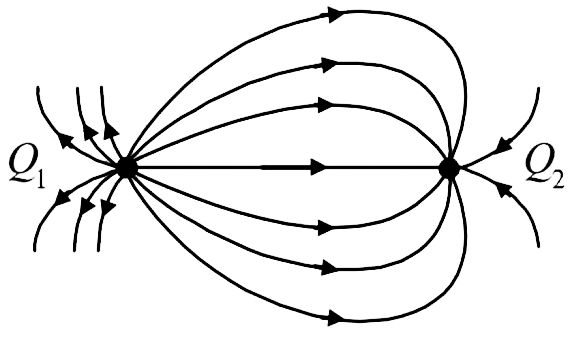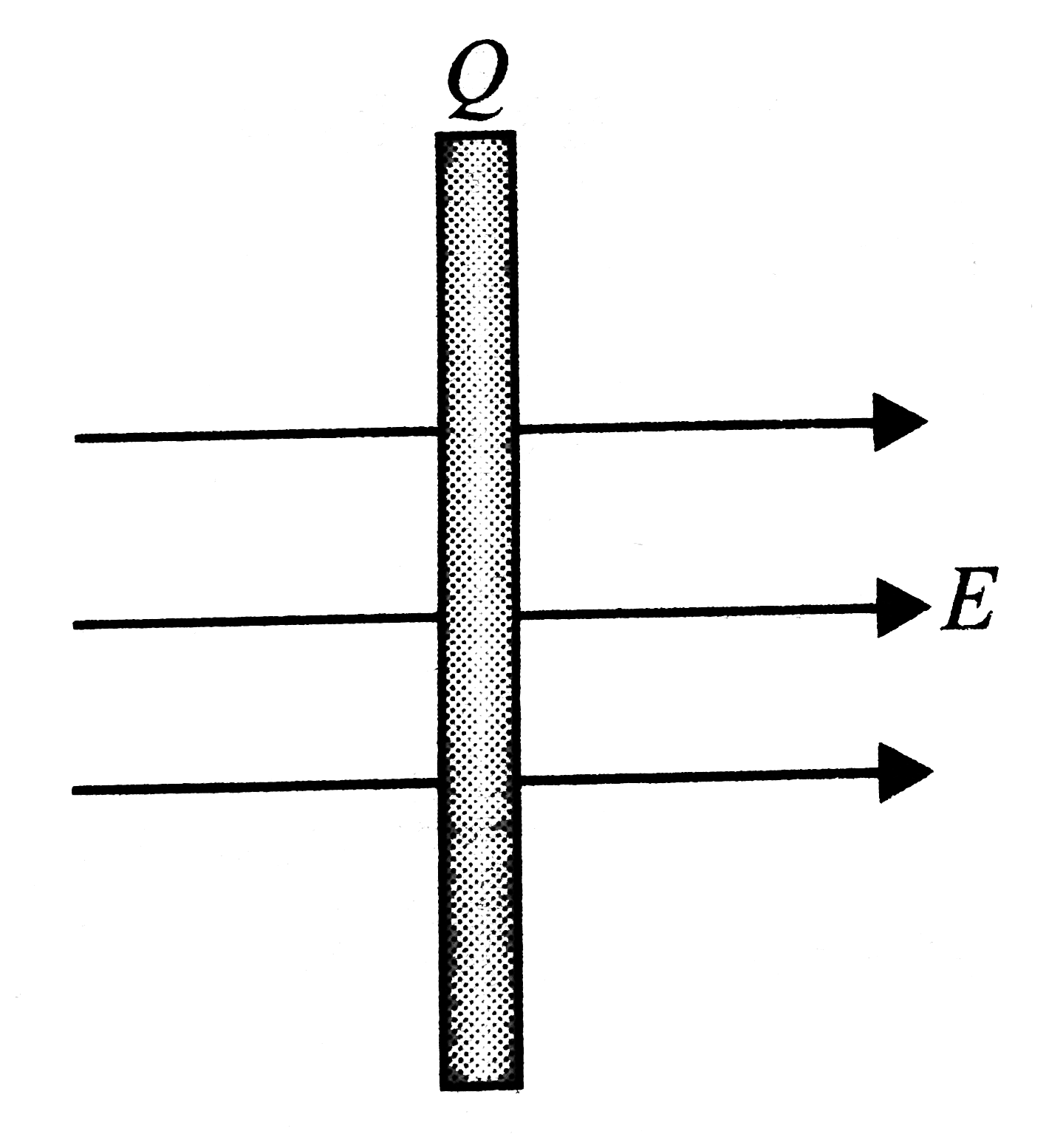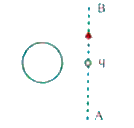A test charge q is made to move in the electric field of a point charge Q along two different closed paths. Fig. First path has sections along and perpendicular loop of the same area as the first loop. How does the work done compare in the two cases?

As electric field is conservative, work done will be zero in both cases.
Topper's Solved these Questions
- BOOK - NCERT EXEMPLAR ENGLISHCHAPTER - ELECTROSTATIC POTENTIAL AND CAPACITANCEEXERCISE - Short Answer Type Question5videos
ELECTROSTATIC POTENTIAL AND CAPACITANCE
- BOOK - NCERT EXEMPLAR ENGLISHCHAPTER - ELECTROSTATIC POTENTIAL AND CAPACITANCEEXERCISE - Long Answer Type Question10videos
ELECTROSTATIC POTENTIAL AND CAPACITANCE
- BOOK - NCERT EXEMPLAR ENGLISHCHAPTER - ELECTROSTATIC POTENTIAL AND CAPACITANCEEXERCISE - MCQ s (More than one Options)7videos
ELECTROSTATIC POTENTIAL AND CAPACITANCE
- BOOK - NCERT EXEMPLAR ENGLISHCHAPTER - ELECTROMAGNETIC WAVESEXERCISE - LONG ANSWER5videos
ELECTROMAGNETIC WAVES
- BOOK - NCERT EXEMPLAR ENGLISHCHAPTER - MAGNETISM AND MATTER EXERCISE - All Questions24videos
MAGNETISM AND MATTER
Similar Questions
A point charge q is rotated along a circle in the electric field generated by anotherj point charge Q. The work done by the electric field on the rotatin charge in one complete revolution is
View SolutionWork done by an electrostatic field in moving a given charge from one point to another …… upon the chosen closed path.
View SolutionIn the electric field of a point charge (+q) , placed at the centre of a circle , a certain test charge is carried from point A to B, C,D and E Least amount of work is done along the path
 View Solution
View SolutionA few electric field lines for a system of two charges Q1 and Q2 fixed at two different points on the x-axis are shown in the figure. These lines suggest that
 View Solution
View SolutionPlot a graph comparing the variation of potential ‘V’ and electric field ‘E’ due to a point charge ‘Q’ as a function of distance r from point charge
(ii) Find the ratio of the potential differences that must be applied across the parallel and the series combination of two identical capacitors so that the energy stored, in the two cases, becomes the same.View SolutionHow much work is done in moving a charge of 2C across two points having a potential difference of 12V ?
View SolutionAn isolated conducting sheet of area A and carrying a charge Q is placed in a uniform electric field E, such that the electric field is perpendicular to the sheet and covers all the sheet. Find out the charges appearing on its two surfaces.
 View Solution
View SolutionFour point charges +q,+q,−qand−q are placed on the corners of a square of side length 'a' as shown in the figure. The magnitude of electric field at a point which is at a distance x(>>a) from the centre along a line perpendicular to the plane of the square and passing through the centre is
 View Solution
View SolutionA point charge is taken from a point A to a pint B in an electric field. Does the work done by the electric field depend on the path of the charge ?
View SolutionA positive charge q moves along the line AB, which lies in the same plane as a circular loop of conducing wire as shown in the figure. The direction of current induced in the loop is
 View Solution
View Solution

